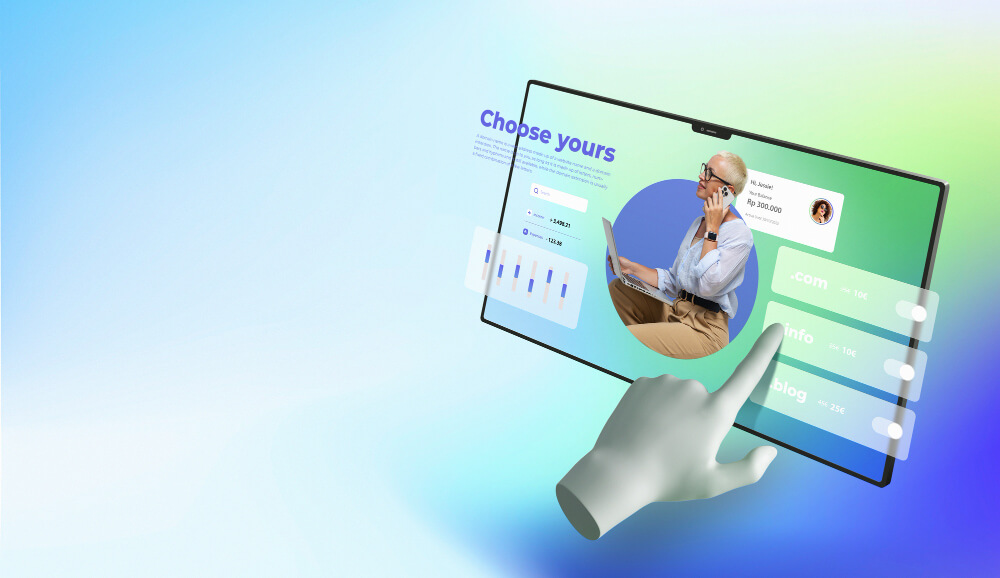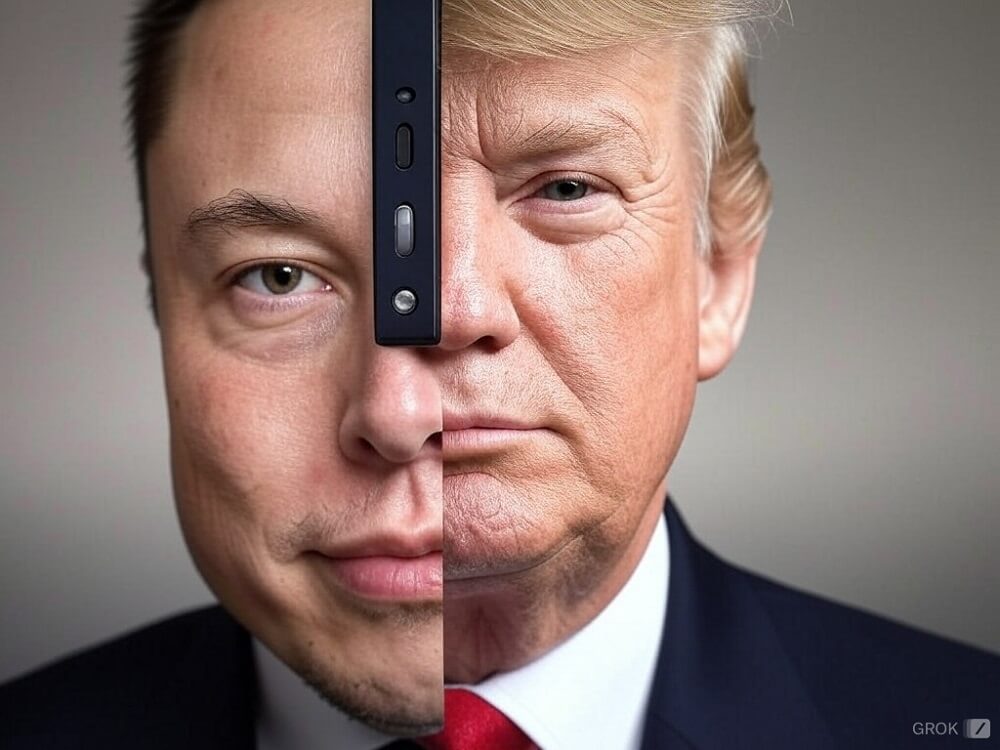It is possible that, on more than one occasion, you have wondered what Twitter is, given the social impact it has today and the large number of mentions made of this platform in all media.
And it is that, without a doubt, being this a network with more than 360 million active users around the world, it is not surprising that, at least, you have been piqued by the curiosity to know it and also to know how it works inside.
In addition, this is an almost essential channel that you must include within the Social Media Plan of your company or digital business. For this reason, and without further ado, today you will find out, since in addition to its exact definition, I will show you exactly what Twitter is for and what things you can do on it.
What is Twitter?
Twitter is a microblogging social network, which allows you to send messages of 280 characters, which can be seen by other users and you can follow other accounts of your interest, as well as getting followers who, in turn, follow you.
These messages are called “tweets” and, although these are specifically public, it is also possible to start private conversations, where these messages are called DM (Direct Messages or “direct messages”).
Twitter is, in other words, one of the social networks with the most users worldwide and has the most active users (as we mentioned before, it already exceeds the 390 million barrier).
How was Twitter really born?
If we go back to the origins of this digital platform, we can say that it was founded by Jack Dorsey, Evan Williams and Biz Stone in 2006.
At the beginning, they were clear about the concept they wanted to create: a platform that would “inherit” the original essence of the classic mobile SMS and that, in turn, would allow users to be permanently connected, as well as be aware of updates. of the other users.
The first dilemma was motivated by its name, which began by being called ” Status ” (stat.us). However, Dorsey and company intended to collect in their denomination the essence of being able to tell our thoughts to our friends, from wherever we are.
Then, they had the great idea to come up with a new name: ” twitch ” ( tic ).
This came to simulate the vibration sound of smartphones when receiving a short message from this social network. But they weren’t too convinced either.
All this, until they finally thought of ” Twitter “, a name that appears to date, since according to them (and the dictionary), it means something like “small burst of inconsequential information” and “the sound of birds when communicating between they”.
From there comes, in addition to the figure of your pet, the essence of why this platform is called that way today. In addition, it was an easy name, short and in tenths of seconds, it was recognizable by everyone who heard it.
And, now that you know how it was born, you may be wondering what its main virtues are:
What exactly is Twitter for?
With the use of this platform, we can achieve several beneficial effects for our brand and to generate a reputation in accordance with our institutional values:
Create brand image
As I have just mentioned, this social network allows us to publicise our company on the Internet and the values that we want to promote in it, making more people around the world know it every day, given the international reach of the platform.
Thus, having a constant activity and being present in Online events of our commercial sector, we will achieve a better Brand Positioning in the minds of our potential clients.
Promote products
We can use the “tweets” to promote our products, although we must not abuse the commercial nature of these messages, if we want to get followers on a recurring basis.
The best thing, as in all social platforms, is undoubtedly to provide valuable content to the user, although from time to time we occasionally mention our products or services and their benefits.
Communicate relevant facts
If we make any relevant change in the company, such as the creation of a new division, we can use this channel to make it known in an agile and useful way.
Its markedly informative and journalistic nature means that any evolution in our company may be of interest to the users who are there and who follow us.
Analyse the competition
Just as we can communicate important things, our competition will also do so and we can monitor the messages and conversations of other companies in our sector, so that, based on the relationships they establish, we can make business decisions.
Hidden lists are a very useful tool for this purpose and are also widely used by businesses that do not want their conversations to be public.
Customer Support
This social network can be a powerful customer service channel, due to its immediacy and proximity. Many companies provide this service through a robot or “ChatBot”, something that helps in a correct and above all, fast, attention.
Today, despite the fact that the most common way for users to contact brands is still by email, Twitter is increasingly being offered as a channel for them to send their messages and suggestions.
Learn more about our client
Given the incessant conversation that is generated almost 24 hours a day on this social network, it allows us to talk with our customers and potential buyers about issues that concern them and are related to our company or sector.
Therefore, we must take advantage of each of the comments from our followers to transform them into a business opportunity and, therefore, know who our online Target Audience or buyer persona is.
Networking
We can also take this wonderful “offline” marketing technique online thanks to Twitter, since it allows us to relate at the company level with influential people in our sector, who we can turn into ambassadors of our brand or simply who know us.
In this way, they will be able to recommend us in the future.
In addition, by networking “at the same level”, we can also establish “win-win” relationships with other professionals or other businesses, which can lead to beneficial joint actions for both parties.
Human resources management
Like any social network, it leaves a mark for the people who use it, which is why it is a powerful source of inquiry for potential candidates to join our organisation, whether we are recruiters for a company or are managing this type of task.
Thus, we can monitor and investigate any candidate who has previously left us their Curriculum Vitae at our offices.
Transmitter of knowledge
Our company must demonstrate that it has sufficient knowledge of our sector of activity so that clients trust us.
One way to transmit this knowledge is through social networks, where we can disseminate articles from our own blog or share valuable content from others.
I am sure that, after learning about the large number of utilities that this social platform has, you will have wanted to start using it.
If so, you are ready to learn how to create a Twitter account, both for yourself and for your own business.
In addition, once you open your profile, you will be interested in knowing these concepts of the network:
Basic Twitter terminology, do you know them all?
Once you have fully understood what Twitter is, to better understand how it works, it is necessary that we master some terms that are basic and essential to understand:
- Tweeter: is a user of this social network is usually represented by his username preceded by the at sign @username.
- Tweet or tweet: each one of the 140-character messages that can include images or links to other external media (videos, blog posts, etc.).
- Timeline: is the place where we can see chronologically the messages that a user has written.
- Retweet or RT: when we share another user’s content that we find interesting, so that our followers can see it.
- Follower or follower: is the user who has decided to follow us to see the messages we publish.
- Following: the action we perform when we start following a user.
- List: we can create lists of users grouping them by theme to follow them in a unified way, these lists can be public or private.
- DM or Direct Message – These are messages that can be sent privately to a user.
- I like it: represented by a heart, we indicate that we find a tweet interesting.
- Hashtag: represented by a hashtag (#) followed by some characters, it allows grouping the tweets that occur on the social network with a common theme. In addition, hashtags are a necessary and essential label in Congresses and Online Events, in order to organise all the conversation related to it.
- Trending topic: it is a ranking that groups the most commented terms, they can be grouped by cities, countries or worldwide.
There are many and varied objectives that we can consider meeting within our social media strategy. The first thing is to be clear about these objectives to define how we are going to achieve them.
Some of the most common uses are:
1. Be a channel for capturing Web traffic
This network can be used as a means of disseminating the content of our website, creating quality content is just as important as making it reach the maximum number of people possible.
In this way, we will get more and more Web traffic and, therefore, people interested in visiting our Internet site in search of content of interest to them.
2. Build customer loyalty
When there is a degree of interaction, it is easier to maintain contact with the client, both before and after the purchase and thus be present in future purchase decisions.
3. Brand recognition
We can increase the branding of our brand by being present in it due to the high number of users who use it on a daily basis.
Thus, the more mentions and interactions with positive connotations we obtain, the better.
4. A sales channel
Despite the fact that both this and the other current social networks have not been designed to sell directly, if we introduce links to our product sheets in the case of having an eCommerce, we can take advantage of it to give exclusive discounts to our followers.
In this way, we will increase some of the other factors mentioned above, such as loyalty or recognition of our Trademark.
How can I send a tweet?
At the point that we have already decided how our strategy is going to be in it, we must be clear about how to send a tweet.
Once our user has been created, first of all, we click on the “Tweet” button, and a window will open so that we can write our message, always thinking that it must have a maximum of 280 characters.
In addition, we can include something that is recommended, a link to our website, blog, a product sheet, etc.
We can also add images, gifs, conduct surveys and use the famous emoticons. You just have to hit the “Tweet” button again and that’s it.
If we link an article that adds value to the user, we have a better chance of content being shared by influencers and getting the attention of a much larger audience. than what your followers suppose.
This is one of the most important benefits of the microblogging network: you can chat with any type of user, whether they have many or few followers, and make them an ambassador for our brand in the future.





